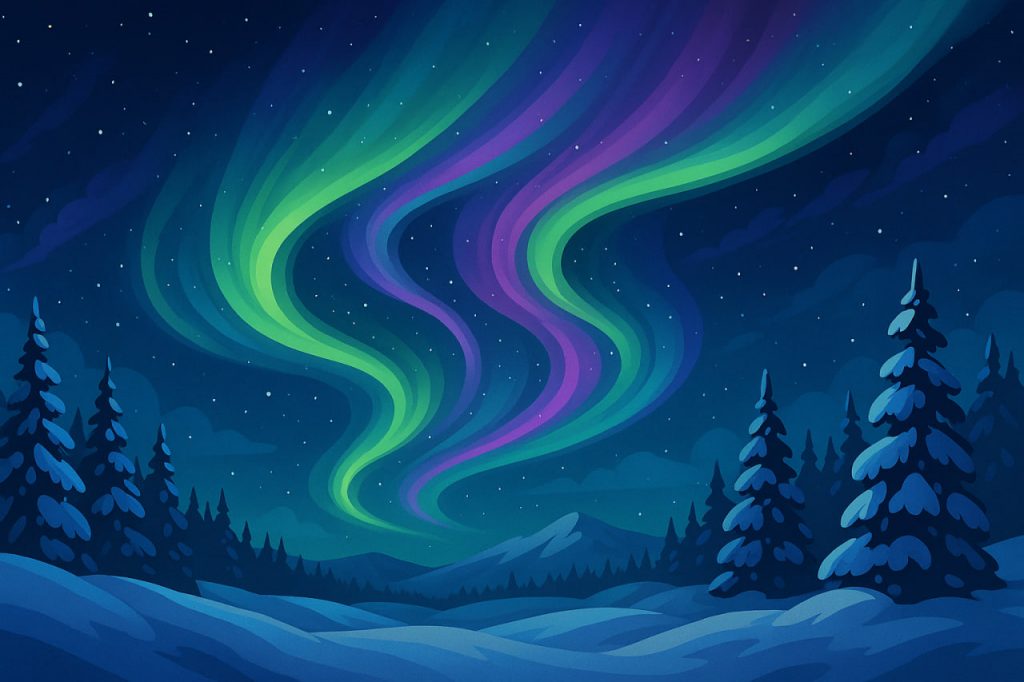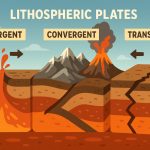The Northern Lights, also called the Aurora Borealis, are one of the most stunning natural light shows on Earth. These glowing waves of green, purple, red, and sometimes blue light appear in the night sky, especially near the polar regions. The phenomenon occurs when charged particles from the solar wind collide with atoms and molecules in Earth’s atmosphere. These collisions release energy in the form of light, creating the shimmering curtains that dance across the sky. The specific colors depend on which gases are involved: oxygen creates green and red, while nitrogen contributes purple and blue hues.
The science behind the aurora is closely tied to the magnetosphere, Earth’s protective magnetic field. When the Sun emits a large number of particles, often during solar flares or coronal mass ejections, the magnetosphere directs them toward the poles. There, the particles interact with the upper atmosphere at altitudes of 80 to 500 kilometers, producing the spectacular lights.
In recent years, auroras have been reported more frequently and in regions farther from the poles. This increase is connected to the solar cycle, a roughly 11-year period during which the Sun’s activity rises and falls. We are currently moving toward a solar maximum, the most active phase, when solar storms are more common. As a result, Earth experiences more disturbances in its magnetic field, leading to more frequent and more intense auroras.
Besides solar activity, improvements in technology and widespread use of cameras and social media also make sightings more common today. People can share aurora photographs from areas that previously had few reports. However, the actual physical increase is tied to stronger solar activity in recent cycles.
Although beautiful, intense auroras are also a reminder of the Sun’s power. Strong solar storms can affect satellites, navigation systems, and even power grids on Earth. This is why scientists carefully monitor the Sun with space probes and observatories to predict space weather.
Conclusion
The Northern Lights are a breathtaking reminder of the connection between Earth and the Sun. Their growing frequency is mainly due to rising solar activity as we approach the solar maximum. While they bring joy and wonder to those who watch them, they also highlight the importance of studying and preparing for the effects of space weather on our technology and daily lives.
However, some scientists say that the increased frequency of auroras and their appearance in unusual locations indicate an impending climate disaster.
Glossary
- Aurora Borealis – Natural light display in the northern sky, caused by solar particles colliding with Earth’s atmosphere.
- Solar Wind – Stream of charged particles emitted by the Sun.
- Magnetosphere – Region around Earth controlled by its magnetic field.
- Solar Flare – Sudden release of energy on the Sun’s surface.
- Coronal Mass Ejection – Large burst of plasma and magnetic field from the Sun’s corona.
- Solar Cycle – Roughly 11-year cycle of the Sun’s activity levels.
- Space Weather – Conditions in space influenced by the Sun’s activity that can affect Earth.


